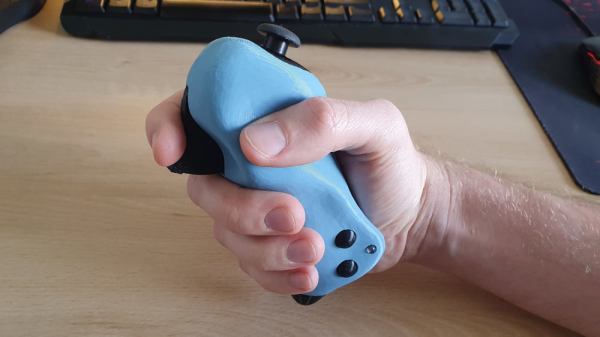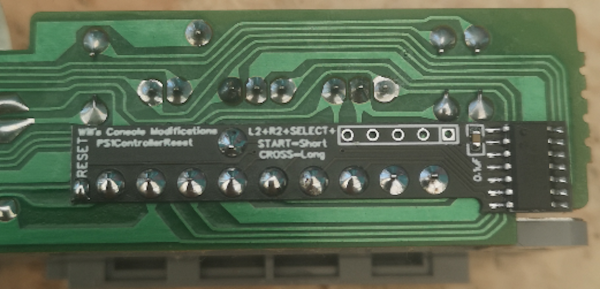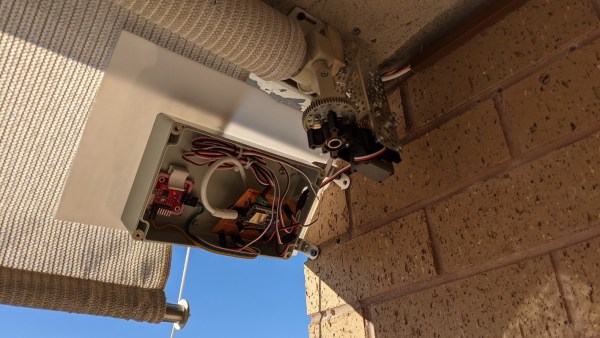These days, there are tons of RC controllers out there of all shapes and sizes. However, if you want to build something with just the right amount of buttons and sticks for your application, you might want to design something yourself. That’s precisely what [Sebastian] did.
The project actually began some time ago, with [Sebastian] sharing his process for building a custom ergonomic enclosure through the use of clay and photogrammetry, which we’ve covered before.
Inside that shapely housing, the build relies on a STM32 microcontroller, hooked up to a series of potentiometers, buttons, and a thumbstick (more potentiometers). A NRF24L01 module is used to handle the radio transmission side of things.
Overall, [Sebastian] has produced a great guide to designing a custom RC controller from the ground up, rather than simply instructing one how to replicate his own build. Armed with these skills, any maker should be able to whip up their own entirely bespoke controllers. Video after the break.
Continue reading “A Guide To Designing A Custom RC Controller”


















